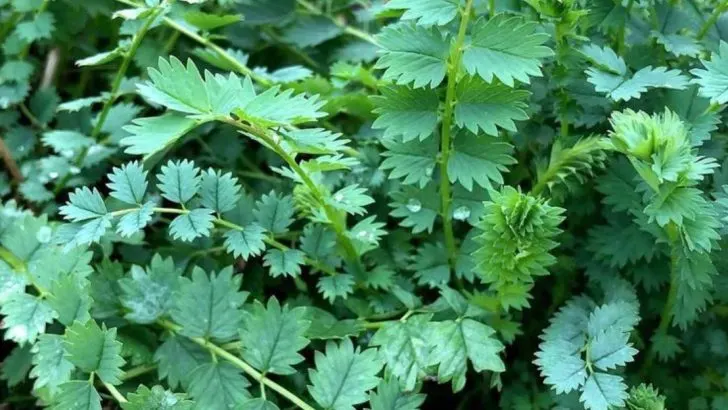It’s easy to get excited about planting a lush herb garden, especially when the seed packets promise exotic flavors and healing properties. But some herbs, while intriguing on paper, end up being neglected and underused, taking up space without ever making it to the kitchen.
In this article, we’ll look at 8 herbs that sound useful but rarely get harvested, plus 8 versatile, reliable herbs that home cooks and gardeners actually reach for again and again. Whether you’re short on space or just want to grow what you’ll truly use, this guide helps you choose herbs that earn their keep.
Grow smart, not just pretty.
Angelica
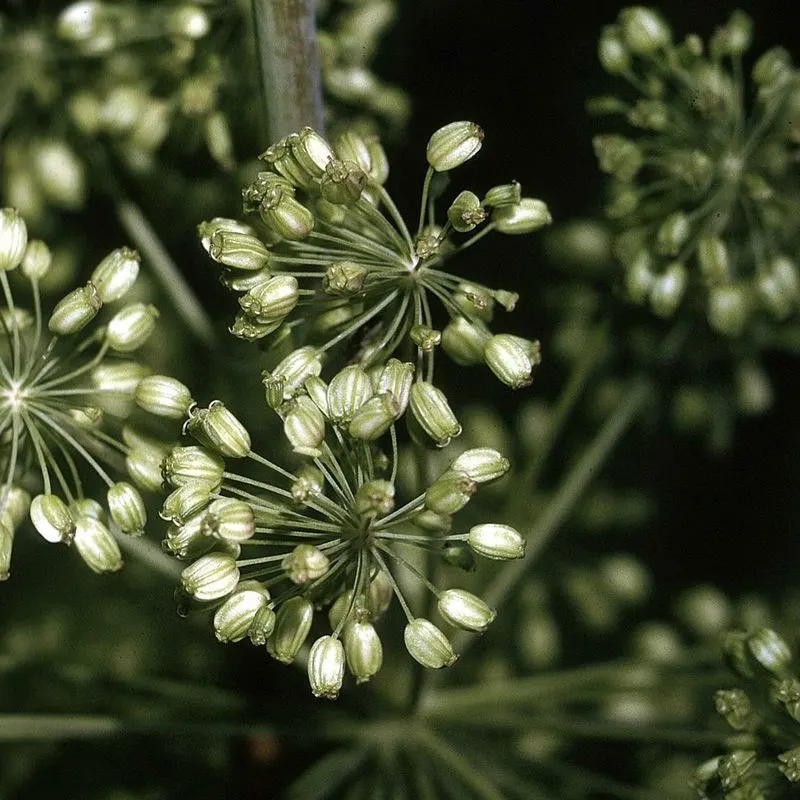
Angelica is often seen as the mysterious stranger in the herb world. Its lush, green presence in gardens is undeniable, yet it’s rarely harvested. Native to cool and temperate regions, it stands tall as a biennial wonder. With a history steeped in lore, this herb was once believed to ward off evil spirits. Yet, despite its captivating nature, its culinary use remains limited to confectioneries and certain liqueurs. Many are unaware of its soft, licorice-like flavor that can lend depth to dishes, making it an under-utilized gem.
Lovage
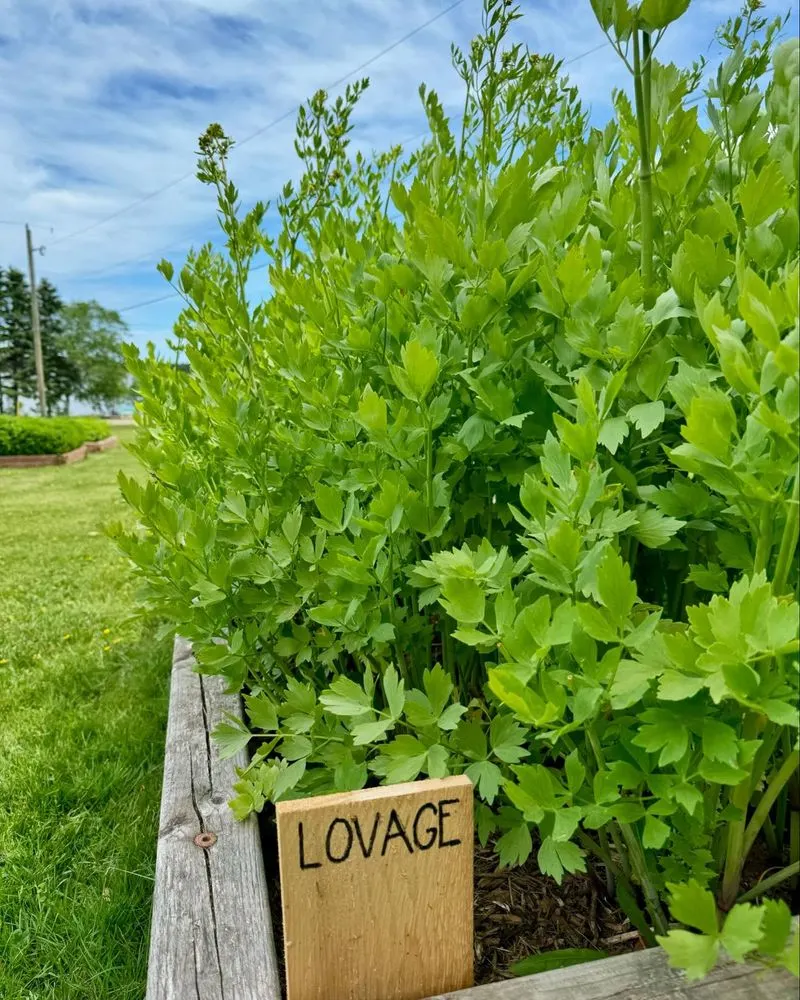
Lovage is the herb that whispers rather than shouts. Similar in taste to celery, it can elevate soups and stews with its aromatic flair. An old-world charm accompanies this plant, often found growing in historic gardens. Despite its versatility, lovage remains an unsung hero, overshadowed by more mainstream herbs. Its long stems and finely divided leaves are a sight to behold, yet its presence in modern kitchens is scarce. This herb deserves more recognition for its ability to complement a range of culinary creations.
Borage
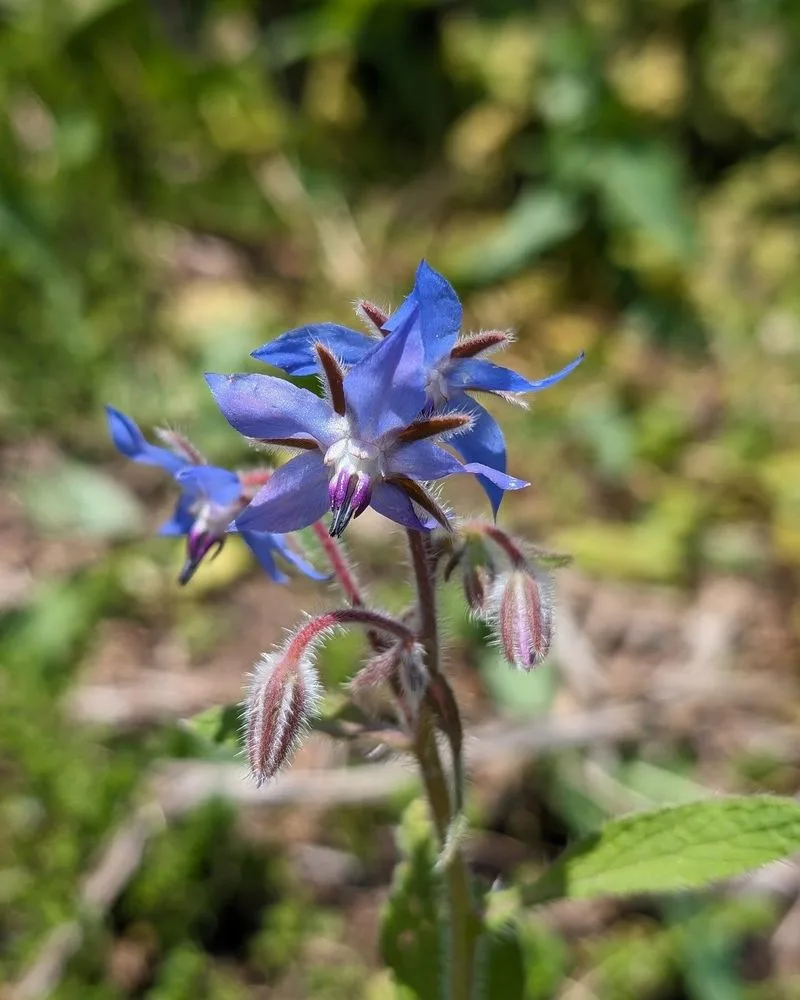
With its star-shaped blue flowers, borage is a beauty that often goes unnoticed. Traditionally used in European cuisines, its cucumber-like taste adds a refreshing twist to salads and beverages. Despite its appeal, borage is not frequently harvested, often left to adorn gardens with its striking appearance. Its history as a medicinal herb is rich, known for boosting courage and relieving stress. Yet in contemporary times, borage’s culinary potential remains largely untapped, leaving it as a decorative but underutilized herb.
Salad Burnet
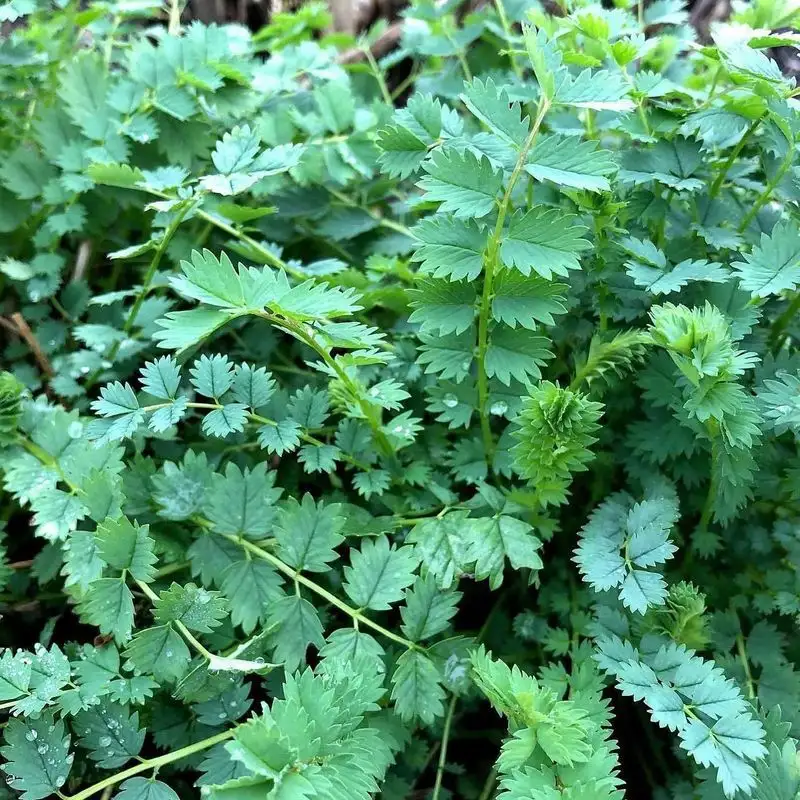
Salad Burnet, with its delicate fern-like leaves, offers a subtle cucumber flavor. It’s a herb that whispers the promise of summer freshness. Historically used in salads and sandwiches, it’s a delightful addition that often goes unnoticed. The plant’s resilient nature makes it easy to grow, yet it’s rarely harvested in favor of more common greens. Its understated presence in modern cuisine belies its potential to infuse ordinary dishes with a unique twist, making it a worthy contender for any home gardener’s attention.
Sorrel
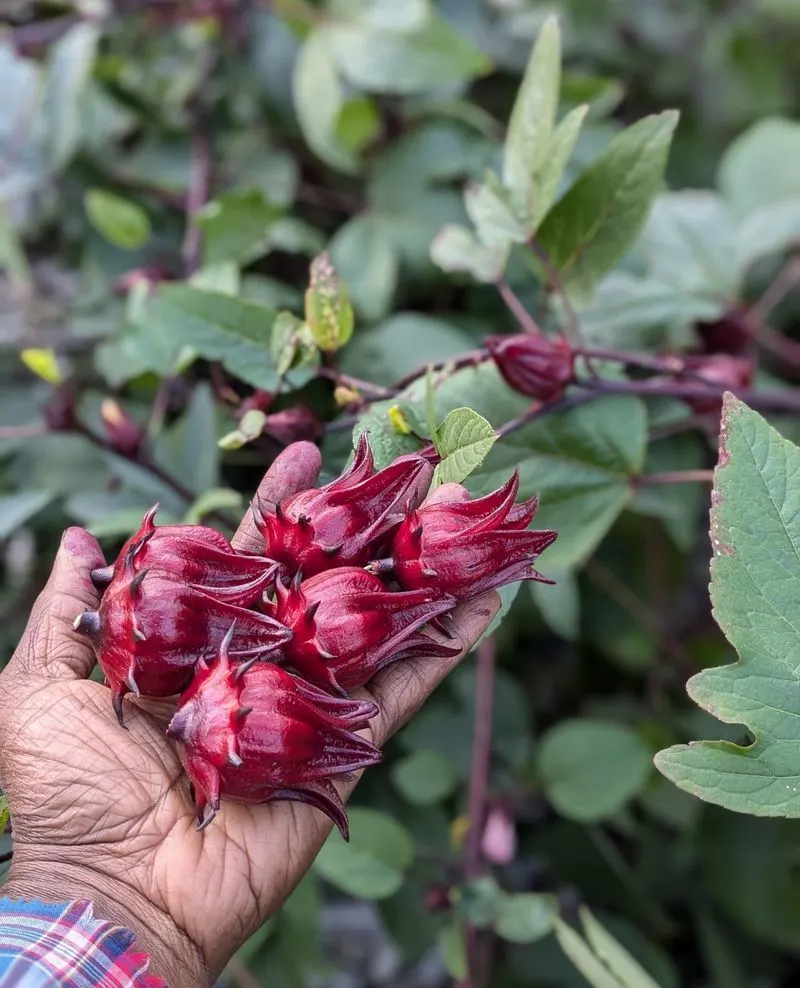
Sorrel’s tangy flavor is a refreshing surprise for those unfamiliar with its qualities. Traditionally used in soups and sauces, it offers a lemony zing that can enliven any dish. Despite its vibrant taste, sorrel is not frequently harvested, often overshadowed by more mainstream herbs. Its history is rich, with roots tracing back to European and Asian cuisines. This herb’s unique profile can transform a meal, yet it remains an infrequent choice for modern cooks, making it a hidden gem worth discovering.
Hyssop
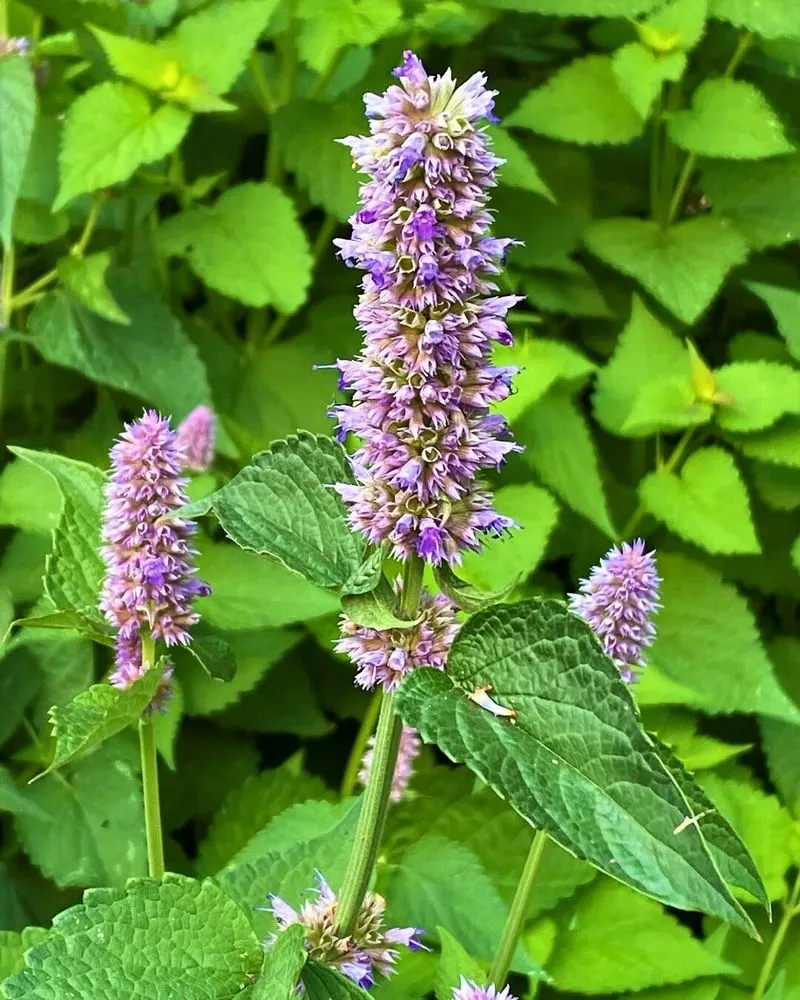
Hyssop is an ancient herb with a story to tell. Its small purple flowers are not only a visual delight but also a symbol of purification and protection in various cultures. Known for its minty, slightly bitter taste, it can enhance stews and meat dishes. However, its culinary use is rare, often overshadowed by more commonly harvested herbs. Despite this, hyssop’s unique flavor profile and historical significance make it an intriguing addition to any herb collection, if only it were used more often.
Costmary
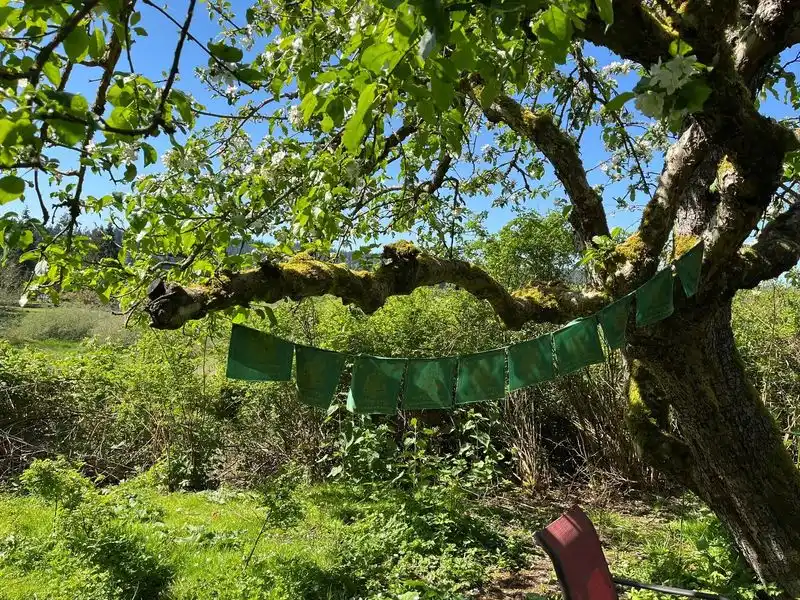
Costmary, often called “Bible leaf,” once held a cherished place in homes for its aromatic properties. Its minty, balsamic scent was a favored bookmark among churchgoers. Despite its historical significance, costmary’s culinary uses are minimal today. Traditionally used in teas and as a food seasoning, it has a subtlety that is often overlooked in favor of bolder flavors. This herb’s nostalgic charm and gentle aroma make it a sentimental yet underutilized addition to any herb lover’s garden.
Scullcap
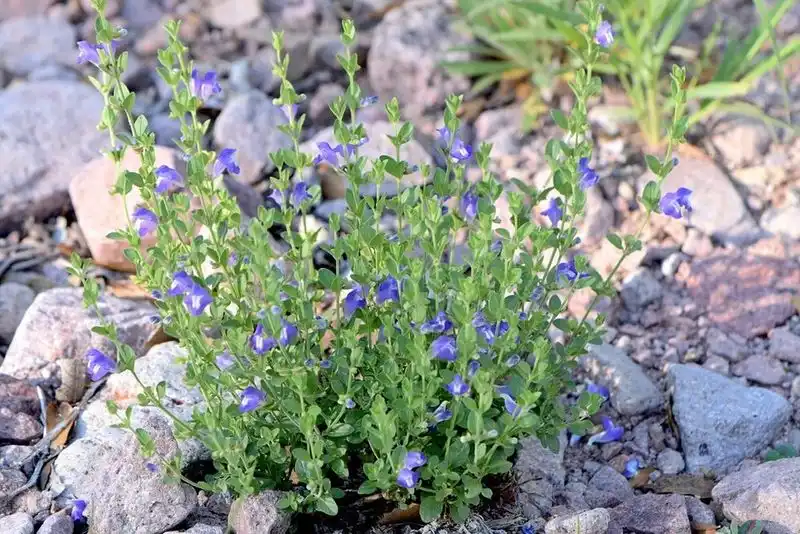
Scullcap comes with an air of mystery and tranquility. Known for its calming properties, this herb is more often associated with herbal medicine than the kitchen. The delicate purple blooms and slender green leaves add a touch of elegance to any garden. Despite its serene presence, scullcap is rarely harvested for culinary purposes. Its subtle flavor can enhance herbal teas or serve as a garnish, yet its potential remains largely unexplored in the culinary world, leaving it as an enigmatic character among herbs.
Basil
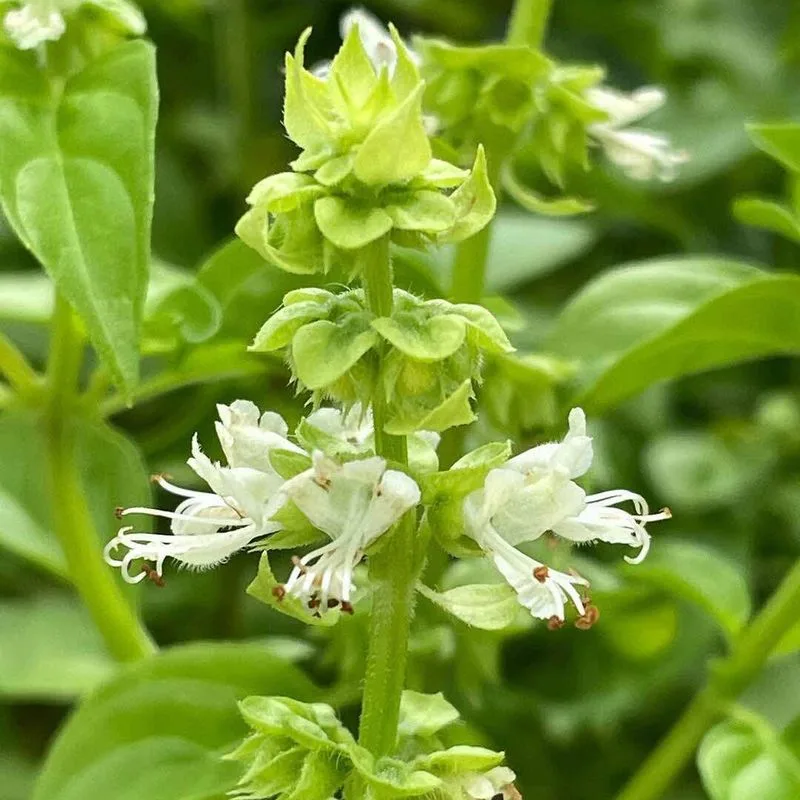
Basil is a kitchen staple, celebrated for its aromatic leaves and versatile flavor. Whether used fresh in a Caprese salad or as a key ingredient in pesto, its sweet and slightly peppery taste elevates countless dishes. Its vibrant green leaves serve as a culinary icon in Italian cuisine. With its easy cultivation and frequent use, basil is a favorite among home cooks and professional chefs alike. Its adaptability and popularity make it a must-have in any herb garden.
Mint
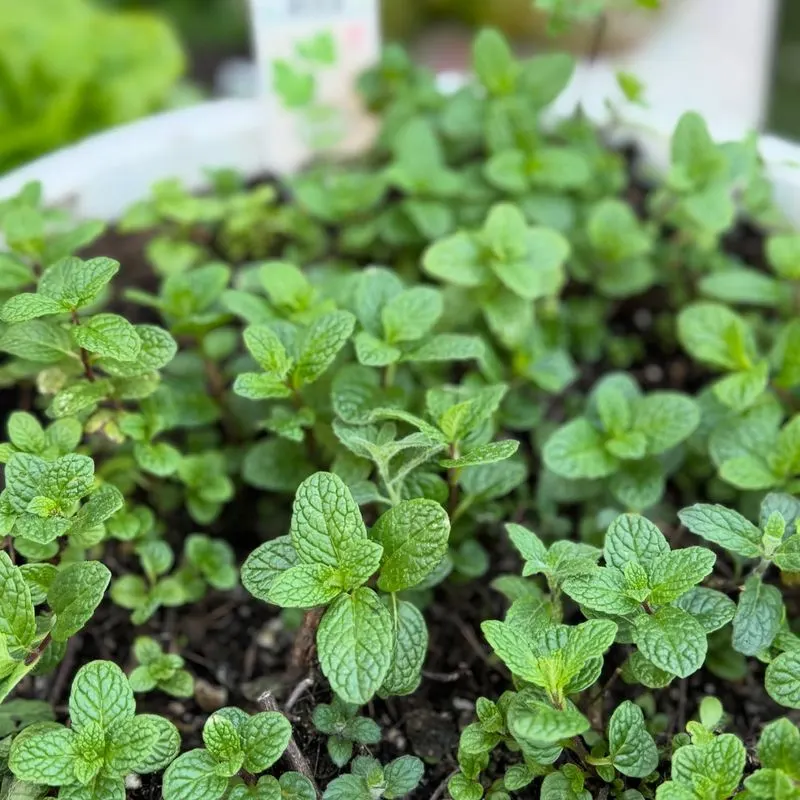
Mint, with its refreshing coolness, is a household favorite. Known for its ability to invigorate the senses, it’s a common ingredient in both sweet and savory dishes. Its robust growth and hardy nature make it an accessible choice for home gardeners. Whether infused in teas or muddled in mojitos, mint’s versatility is unmatched. Its unmistakable aroma and flavor have secured its place as a frequent and beloved addition to kitchens around the world.
Parsley
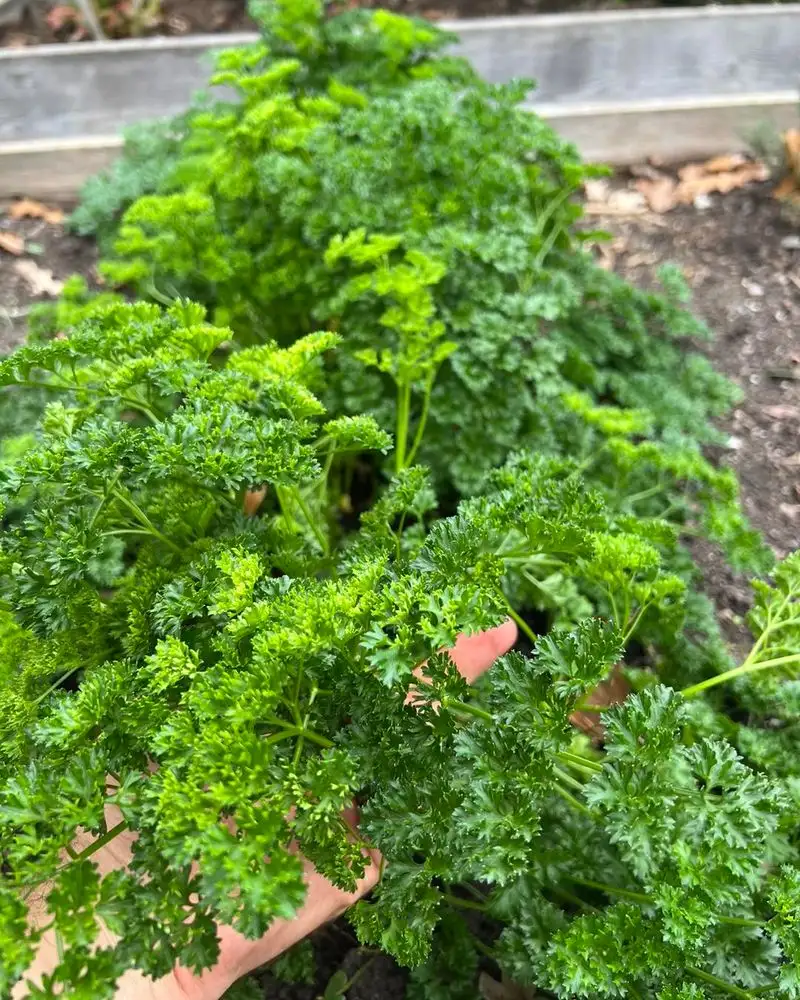
Parsley is the herb that often plays a supporting role but shines in its own right. Known for its bright, slightly peppery taste, it’s a staple in garnishes and culinary creations. Its high nutritional value and ability to complement a wide array of dishes make it indispensable. Whether used in tabbouleh or as a garnish, parsley lends a fresh touch to every meal. Its ubiquitous presence in kitchens speaks to its versatility and enduring popularity.
Thyme

Thyme is a tiny powerhouse of flavor, often found nestled in savory dishes. Its earthy, slightly minty taste pairs perfectly with meats and vegetables. Known for its resilience and aromatic allure, thyme is a favorite among culinary enthusiasts. This herb’s presence in traditional French and Mediterranean cuisines underscores its versatility. Whether dried or fresh, thyme’s robust character enhances dishes with its unique aroma, making it an essential part of any cook’s repertoire.
Rosemary
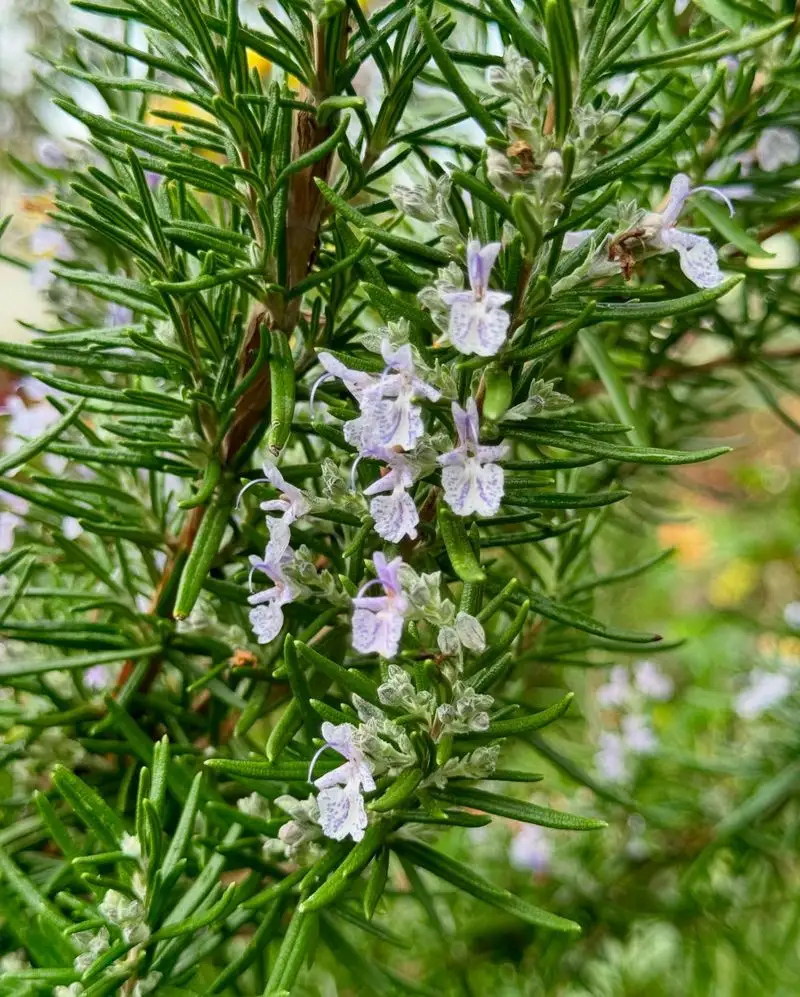
Rosemary, with its pine-like fragrance, is an herb that evokes the essence of coastal landscapes. Its needle-like leaves are integral to roasts and marinades, infusing dishes with a woody, aromatic depth. This herb’s resilience and distinct flavor profile make it a staple in Mediterranean cuisine. Known for its invigorating scent, rosemary is a beloved choice for home cooks and chefs alike, offering a taste of the Mediterranean in every sprig.
Cilantro
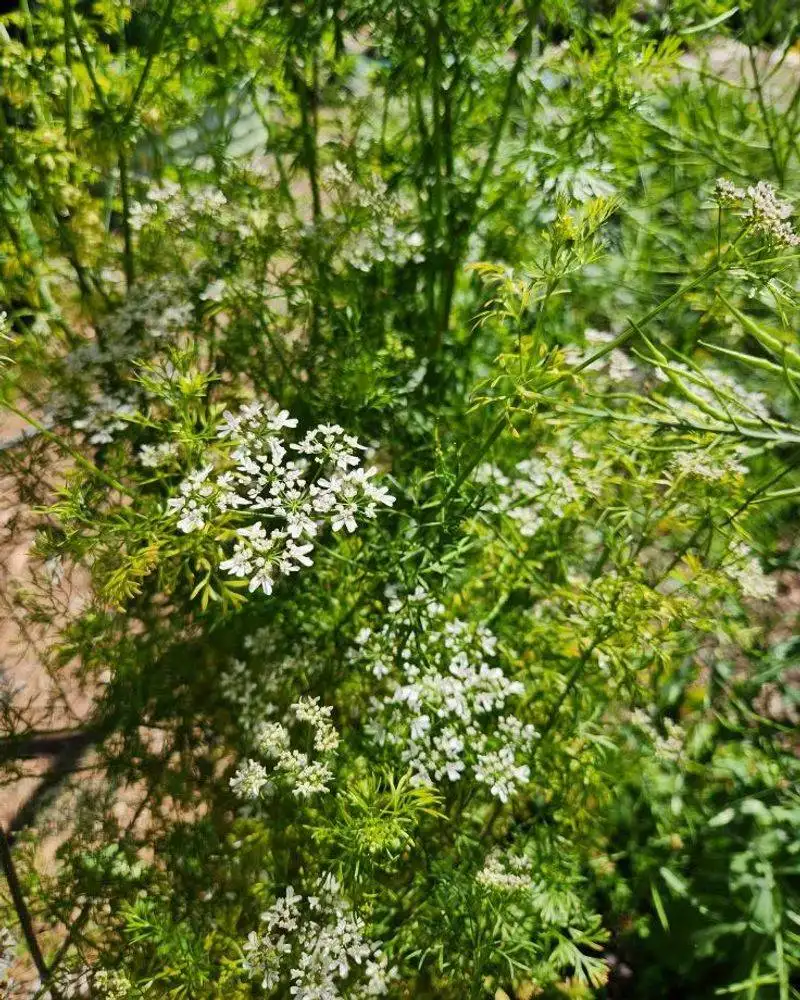
Cilantro is a divisive herb with a passionate following. Its bright, citrusy flavor adds an unmistakable zing to salsas and curries. Loved by many and disliked by some, this herb’s distinctive taste is a cornerstone in various cuisines. Its adaptability from Latin American to Asian dishes ensures its frequent appearance in kitchens. Whether you’re a fan or not, cilantro’s ability to elevate flavors is undeniable, securing its place as an essential culinary ingredient.
Oregano
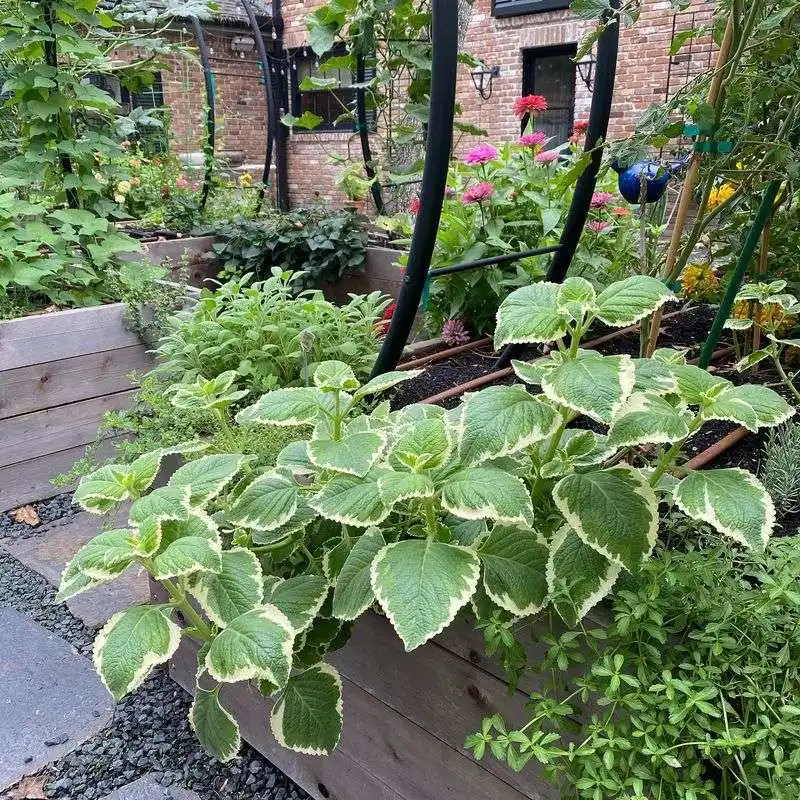
Oregano, with its robust and peppery flavor, is a staple in Mediterranean and Mexican cuisines. Its small, oval leaves pack a punch, infusing dishes with a distinctive taste that’s both earthy and aromatic. Whether sprinkled over pizzas or stirred into sauces, oregano’s bold presence is unmistakable. Known for its versatility, this herb has become a beloved ingredient worldwide, enhancing culinary creations with its zesty character.
Dill
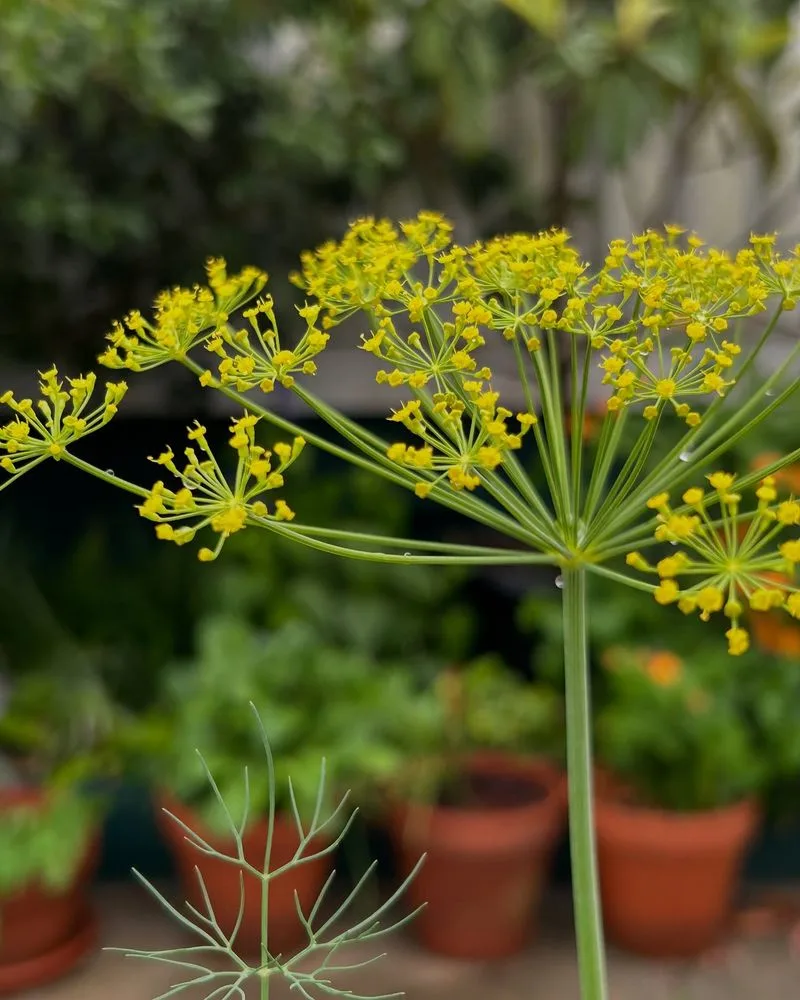
Dill is the delicate herb that dances between flavors. Its feathery fronds offer a unique combination of sweet and savory notes, perfect for pickles and seafood dishes. The gentle aroma of dill is synonymous with freshness, making it a cherished ingredient in numerous culinary traditions. Its ability to enhance flavors while maintaining a subtle presence makes dill a versatile choice for chefs and home cooks alike, forever securing its place in kitchens.

